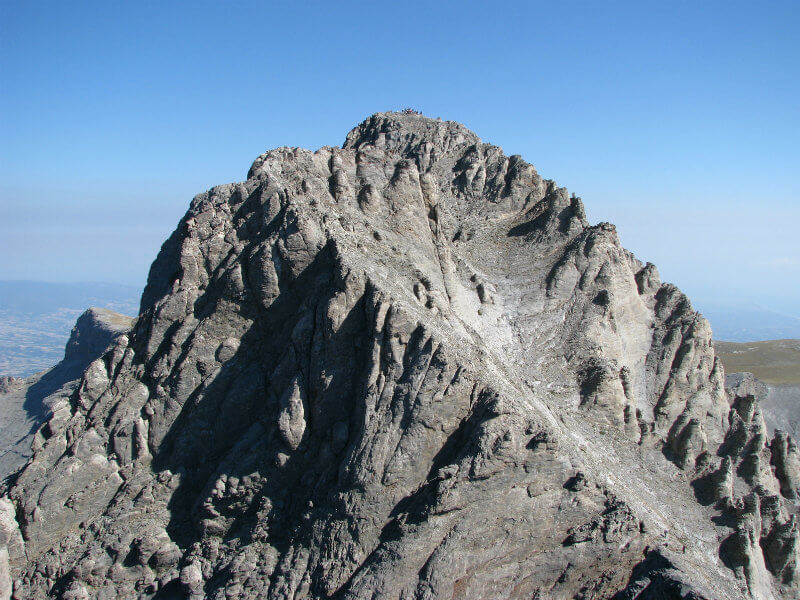Mount Olympus
Τhe mountain of Gods
Situated on the border of Macedonia and Thessaly, between the provinces of Pieria and Larissa, Mount Olympus stands as a remarkable testament to the diverse and awe-inspiring wonders of nature. With its towering peaks, mystical clouds, and rich biodiversity, this region captivates the hearts of adventurers, nature enthusiasts, and those seeking to connect with the mythical past. Whether you seek the thrill of conquering Greece’s highest peak or desire to explore the enchanting hiking paths along the lower slopes, Mount Olympus will surpass your expectations and leave you in awe of its natural wonders.



